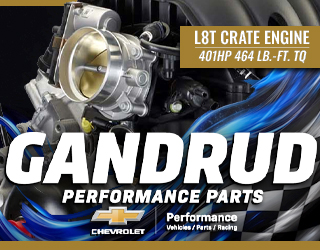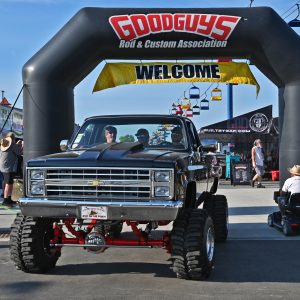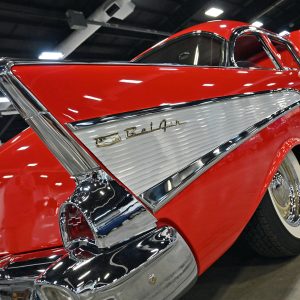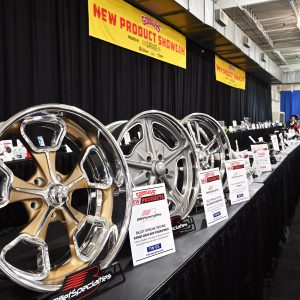Late Model
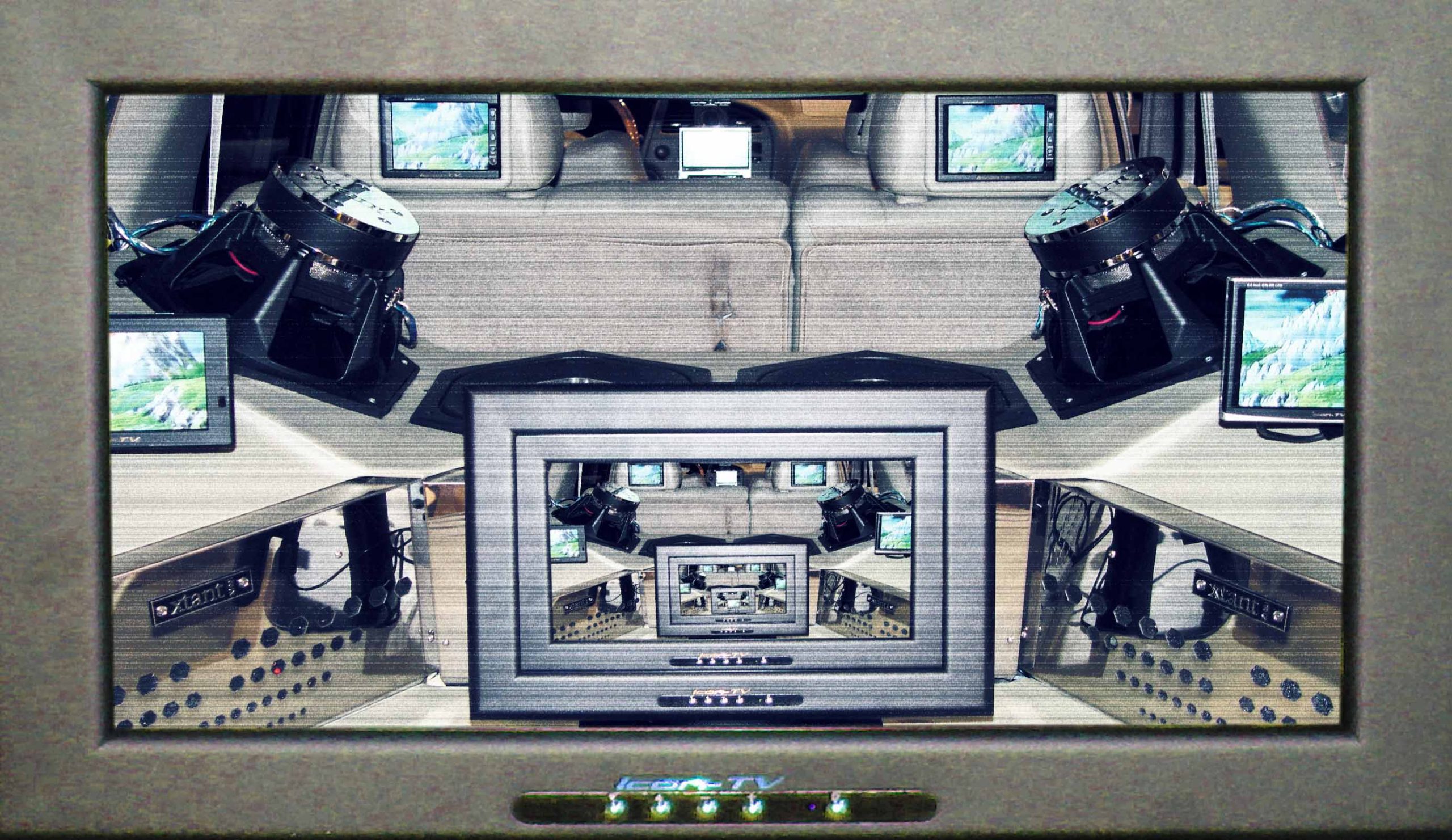
BACK IN THE early days, having a custom stereo meant that you installed a head unit and a set of mid- and high-range speakers. Then the wonders of subwoofers and amps came along. When these components first came out, they were very large and required huge amounts of space to install. They offered, at best, a distorted sound compared with the standards of today. Ten years ago, most enclosures, when they were used at all, were generally a box or a square made of wood. Today many things have changed and much has evolved along the way…
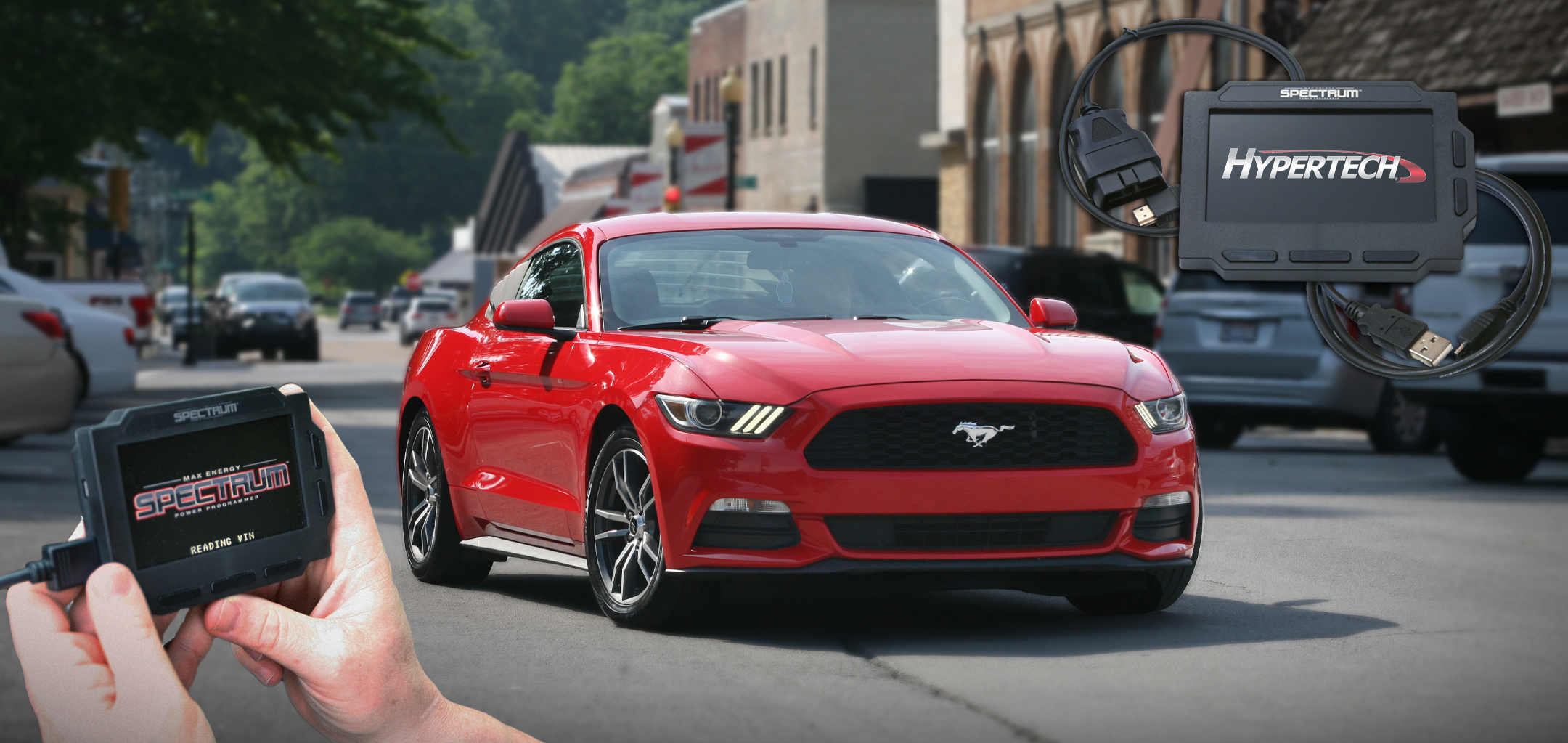
The Hypertech Max Energy Spectrum flash programmer is a device designed for the performance-minded individual looking to extract the most from their car or truck. This advanced programmer allows for full control of the vehicle’s ECM, enabling the user to adjust a wide range of parameters that influence the vehicle’s performance.
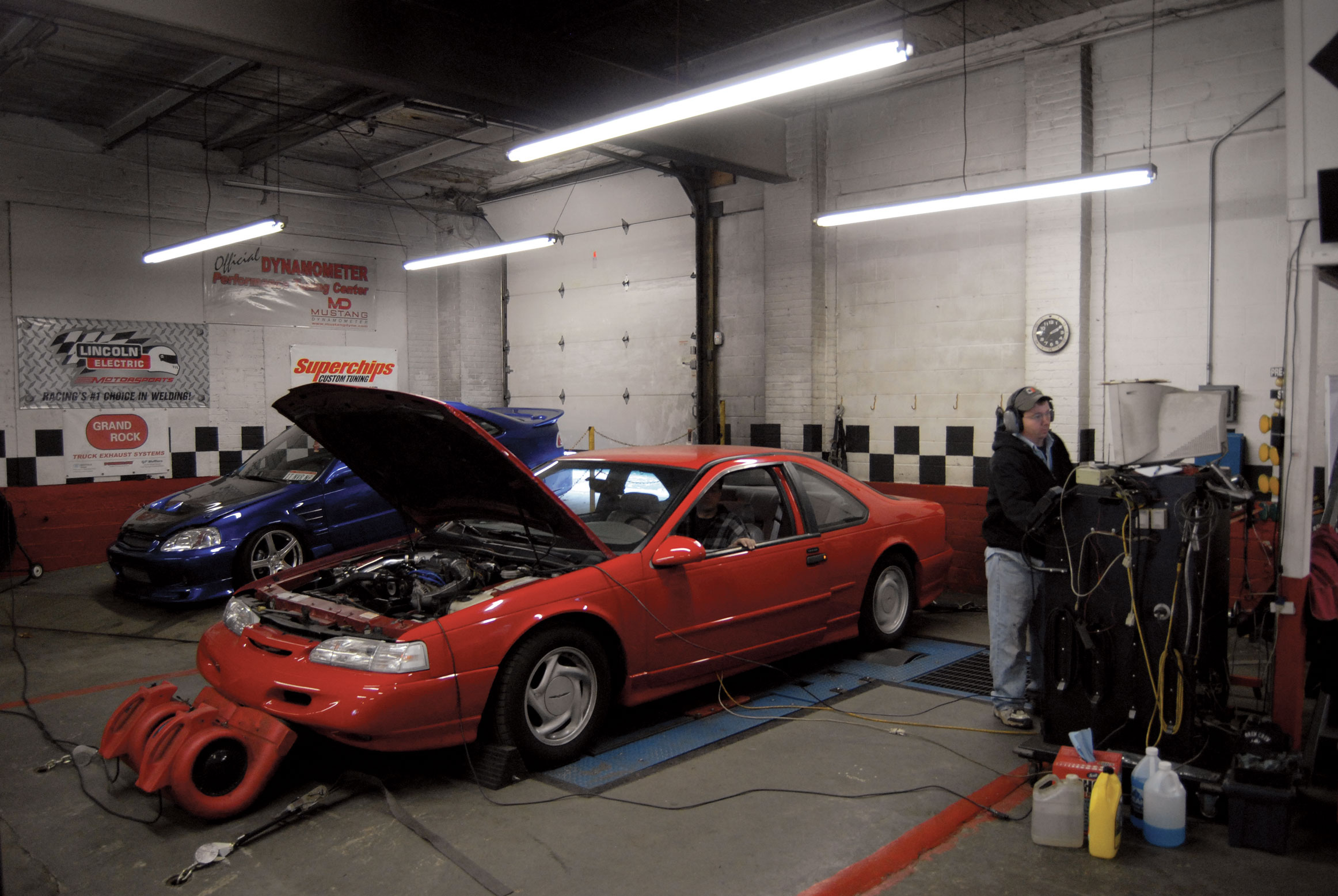
We saw extreme boost levels in our quest for horsepower from the little supercharged V-6 with out ’94 Supercoupe. With the Magnum Powers MPx supercharger clearly capable of more airflow than we could support (boost climbing north of 23 psi), it made sense to work on the heads-and-cam combination to better deal with some of that boost.
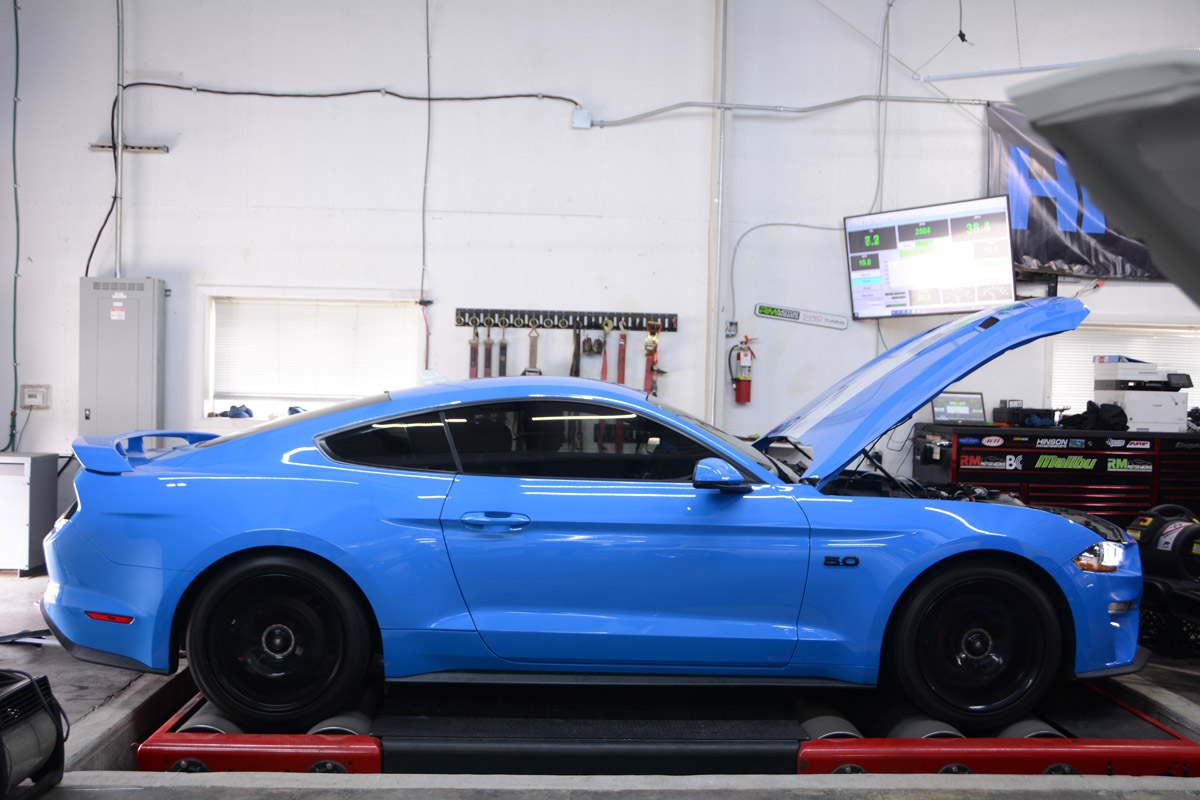
Advanced Fuel Dynamics has developed kits for many makes and models, and our focus today is installing a PROFLEX DX Adaptive Flex Fuel System on a 2022 Ford Mustang GT Premium.
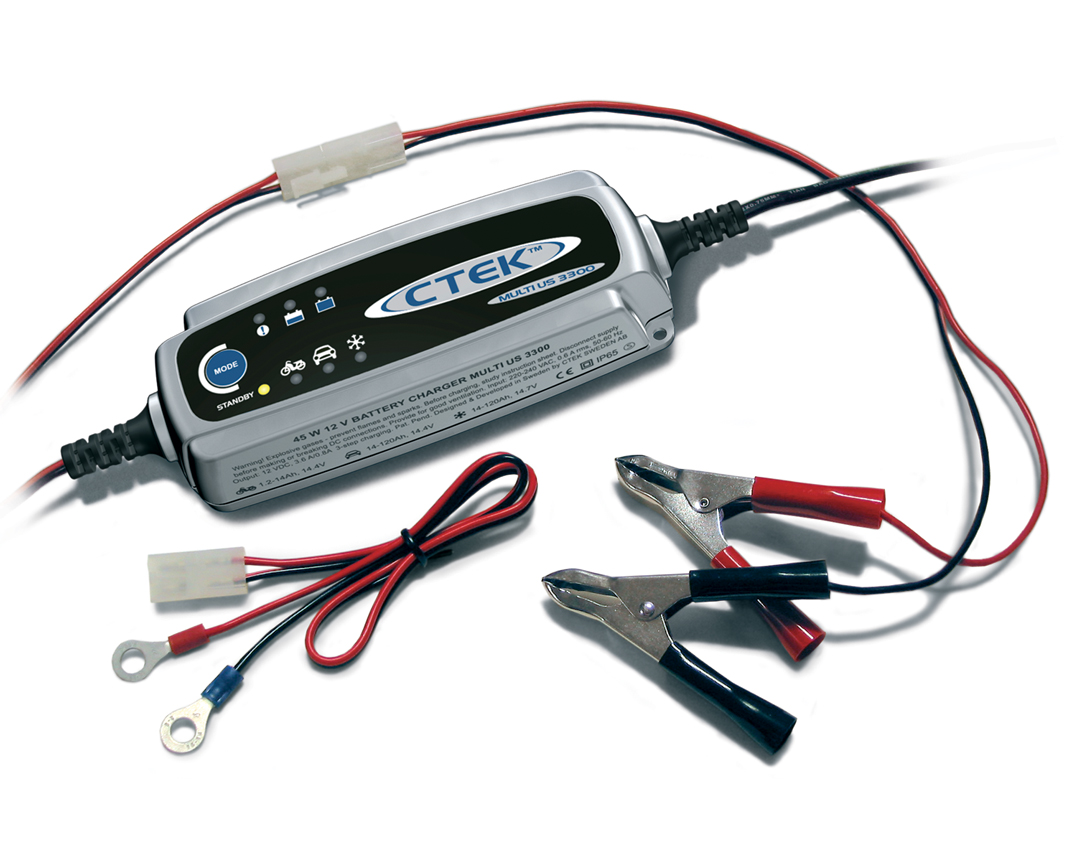
If you are going to connect anything automatic to your car, especially when dealing with electricity, lead and acid, you owe it to yourself to do a bit more research rather than pulling just any super-discounted, off-the-shelf item and connecting it to something as potentially volatile as a lead-acid battery. But we have, haven’t we?
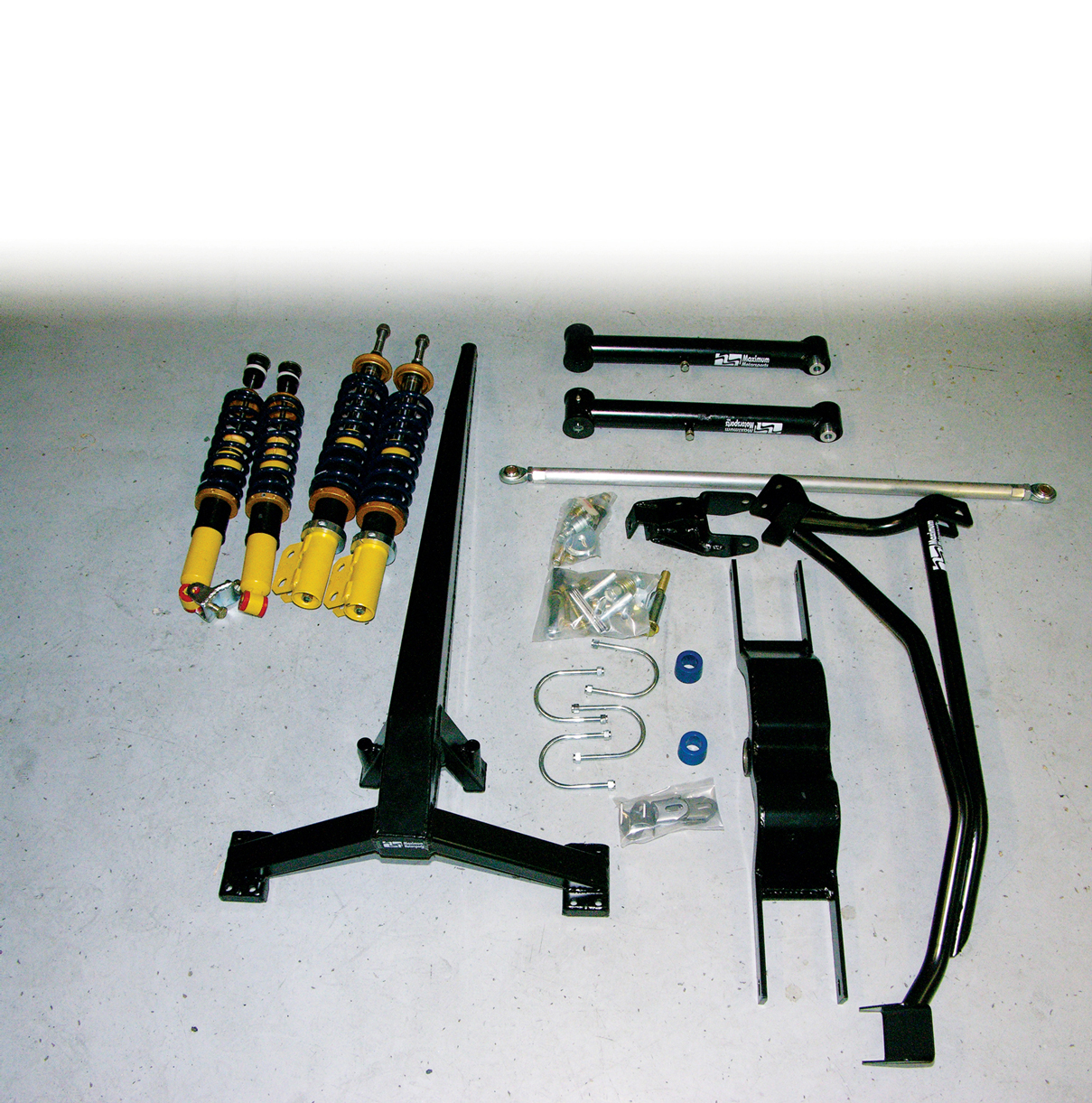
Maximum’s design replaces the upper control arms with a torque arm and a Panhard rod, each of which has only one job rather than two. The Panhard rod centers the axle from side to side, and the torque arm controls pinion angle. Assigning each of these duties to separate components allows each piece to be better at its one job than the stock upper control arms are at either job. The torque arm is essentially a three-link design, and Maximum claims that it improves traction so much that after installation you may have to alter your sway bars to prevent understeer.
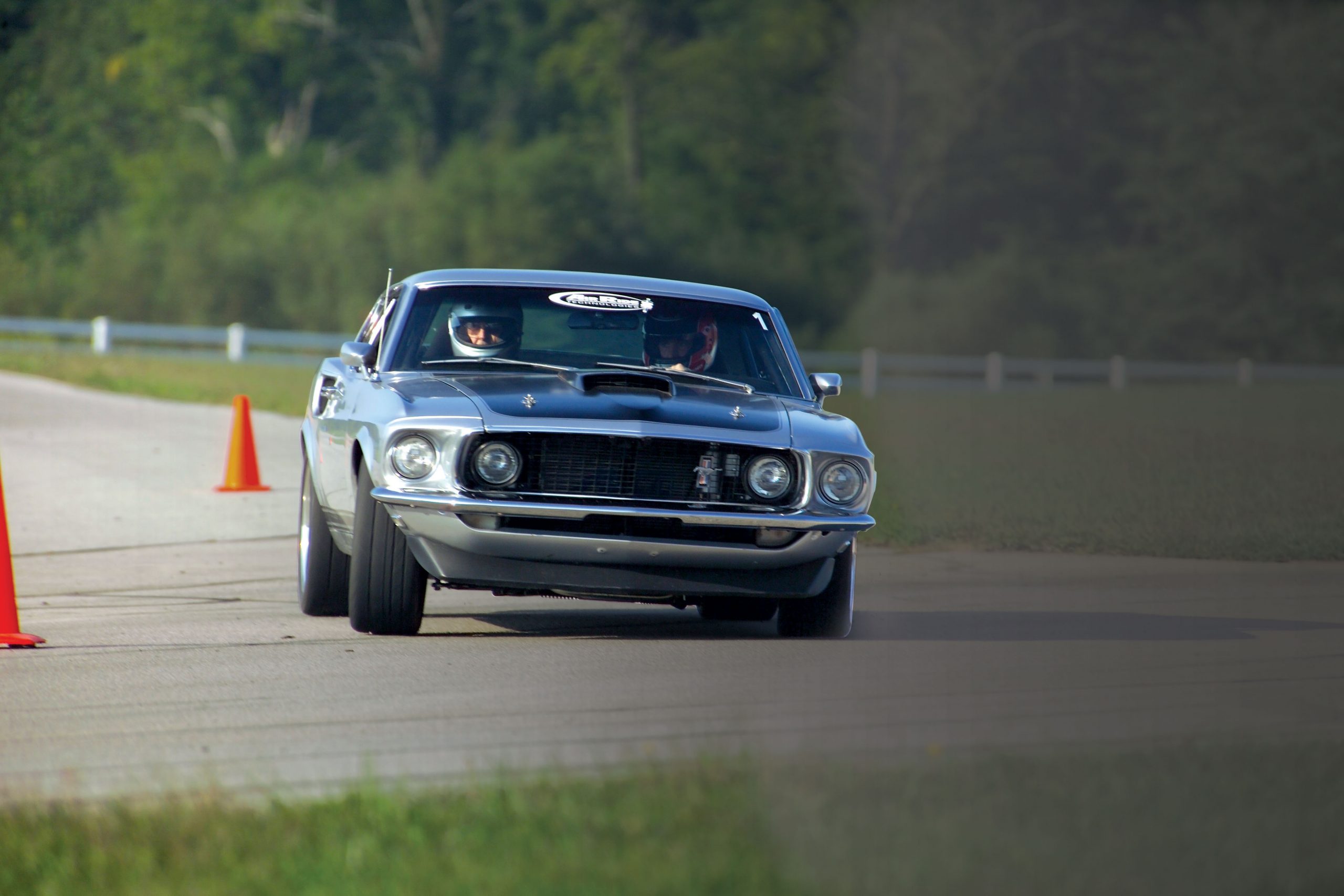
Although modifying a car to handle well can often seem like a black art, virtually every aspect of handling comes down to three things: the weight of the vehicle, the traction generated by the tires, and the distribution of weight on each particular tire at a given moment.

Performance enthusiasts are a funny bunch. They all seem to agree that “as much as possible” is the correct answer when asked, “How much power do you want?” But they certainly
disagree about the best way to get there.
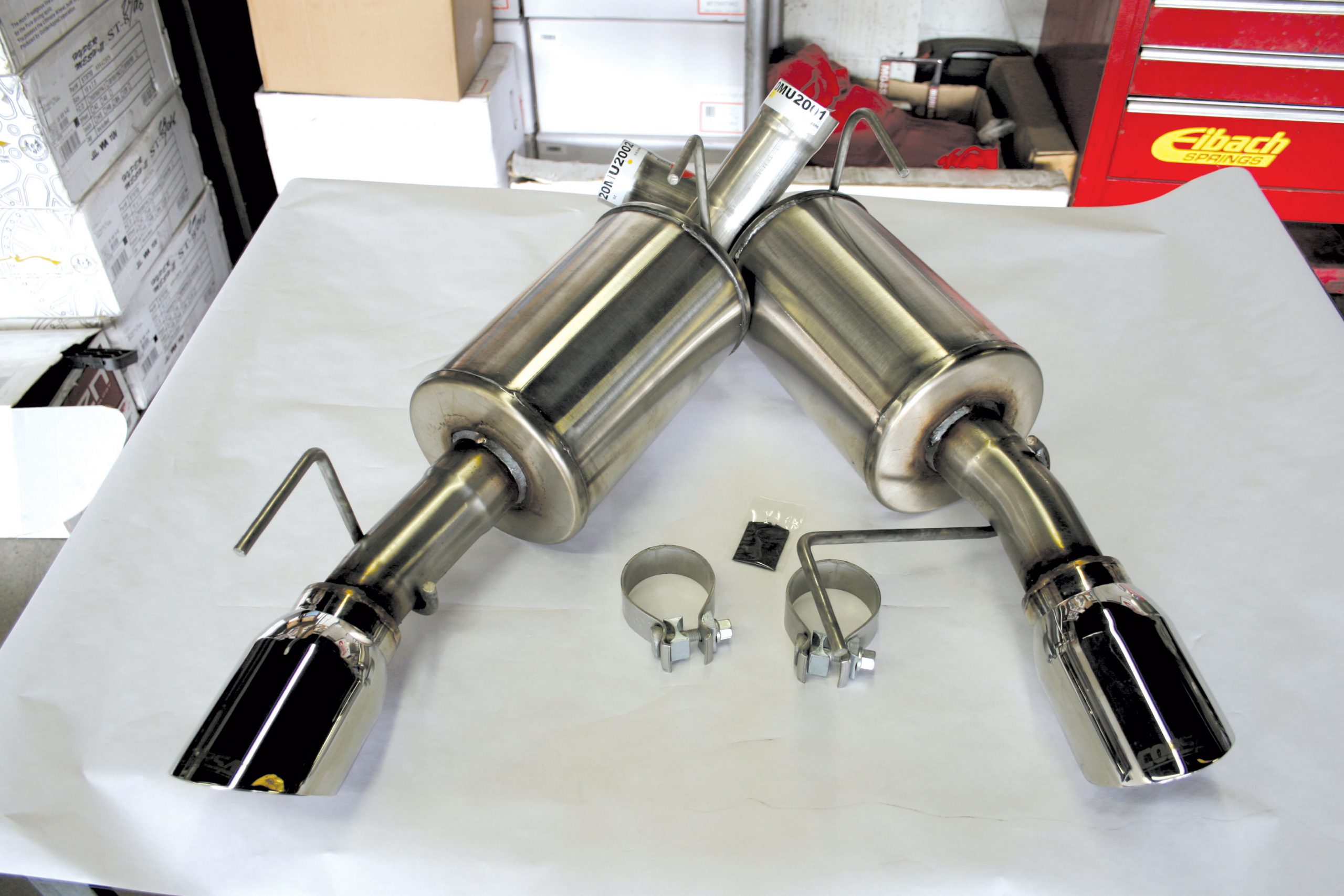
Sound is something that every car guy considers at the top of his or her list of what is important to their ride. Take, for example, the stereotypical sport compact driver. He or she typically has a huge muffler or mufflers and corresponding exhaust tip(s) that make those cars sound as if they are going 100 mph, even when cruising at slow speeds. We Ford guys know that good sound on a real performance car is also important, but we also know that sound must be backed up with corresponding performance.
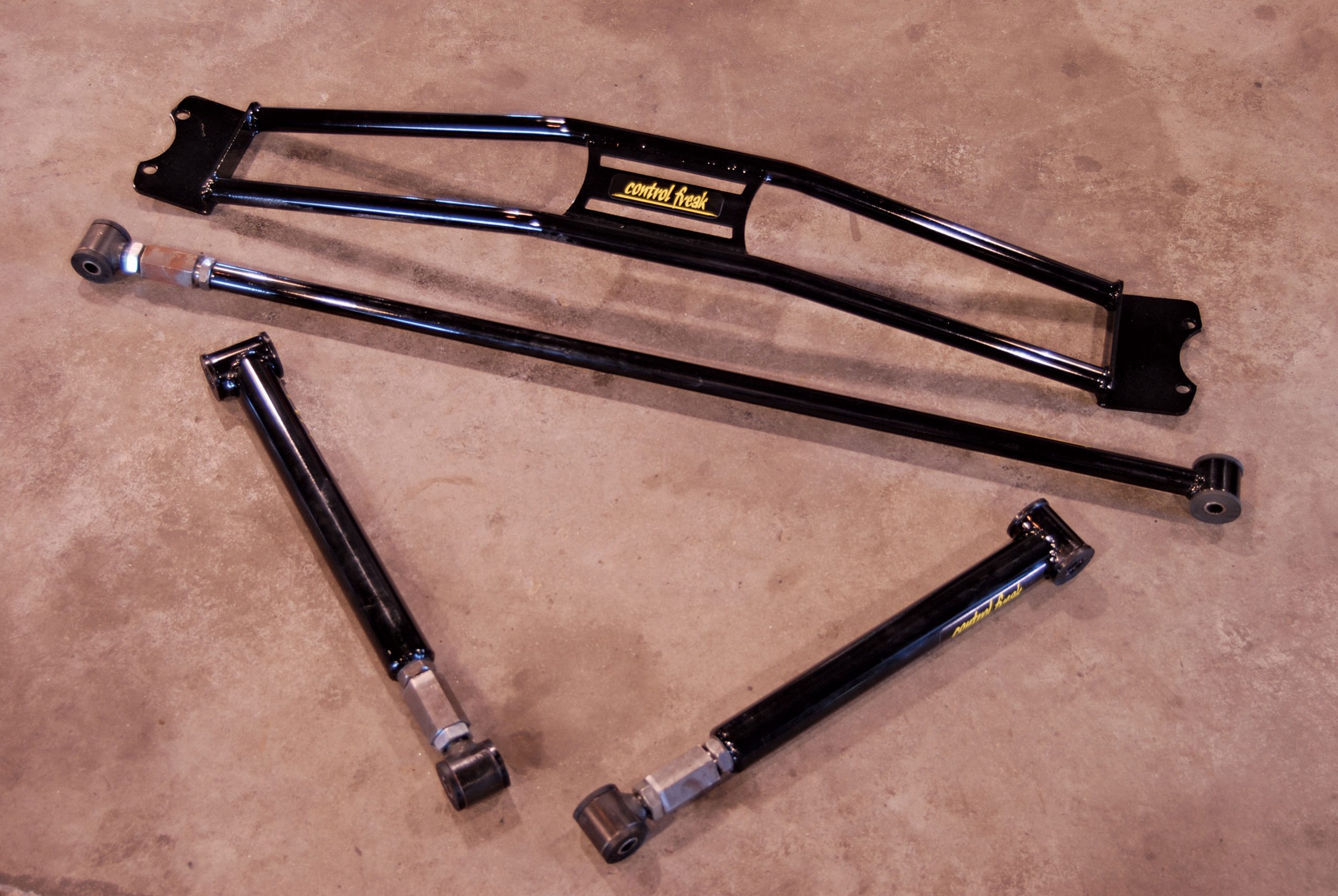
Improving your new Mustang doesn’t have to be an arduous affair. You’re supposed to enjoy working on your car, RATHER than dreading getting off work because you “have” to wrench on the Ford. With that attitude in mind, we recently spoke with Al Kamhi, of Control Freak suspensions, to get his advice on what enthusiasts could do to further the concept of upgrading a Mustang in just an hour or two. But there’s a catch: the upgrade had to make a real difference in the car’s performance.








